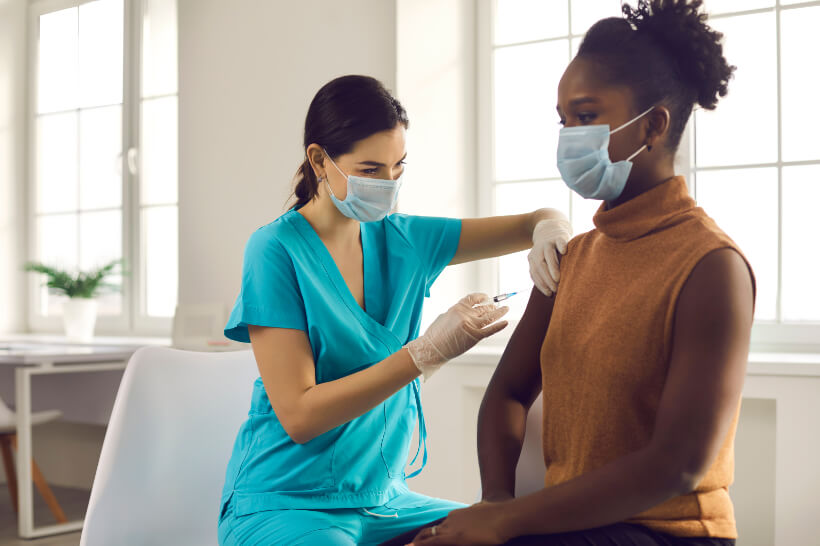
Everything You Need to Know about Biopsies

Biopsies are important tests, but they are not as scary or as uncomfortable as you might imagine.
A biopsy is the removal of body tissue to examine it more closely for disease. The tissue sample may come from any part of the body.
Doctors, surgeons, and interventional radiologists perform biopsies for a variety of reasons, such as to test the tissue sample for cancer or other diseases. A physician might order a biopsy when a mammogram shows a lump or mass indicating possible breast cancer, for example, or when a mole on the skin has changed shape or size in a way that indicates skin cancer. A clinician might order a biopsy suspects cirrhosis in a patient who has chronic hepatitis.
Biopsies are also helpful in determining the effectiveness of a treatment or for checking for signs of rejection in a transplanted organ. In most cases, though, doctors perform biopsies to diagnose a problem or to determine the best course of treatment.
Types of Biopsies
Medical professionals use a variety of terms to describe biopsies. Sometimes the terms describe the part of the body from which the tissue is taken. A liver biopsy captures cells and tissue from the liver, for example, while a kidney biopsy retrieves tissue from a kidney.
At other times, the terms describe the procedure used to obtain or test the tissue. A shave biopsy involves the use of tool similar to a razor, used to scrape the surface of the skin. Punch biopsies remove a 3- to 4-mm cylindrical core of tissue sample, usually from the skin. Pap smears are named after George Papanicolaou, who discovered that scientists could tell the difference between normal and malignant cells by viewing swabs smeared on a microscopic slide. A fine-needle biopsy, also known as an aspiration biopsy, is a procedure in which the practitioner uses a very thin needle to remove tissue from swelling or lumps in the thyroid or lymph nodes, or sitting just beneath the surface of the skin.
Biopsies of tissues below the skin are typically image-guided biopsies, which means the doctor uses ultrasound, cat scan (CT), or fluoroscopy to place the needle accurately in the intended target zone.
Most biopsies are minimally invasive, which means they do not require a large incision or surgery. Surgical biopsy is sometimes necessary when the tissue is in a hard-to-reach place or when the surgeon needs to remove a large lump of tissue.
What to Expect
Before the biopsy
Most needle biopsies are performed on an outpatient basis, which means you will not need to stay overnight in a hospital. Your doctor will provide instructions based on the specific type of biopsy you undergo. Tell your doctor if you are or might be pregnant. Provide a list of medications, especially blood thinners and herbal supplements. Discuss any allergies, particularly if you have allergies to anesthesia.
Your doctor may tell you to stop taking blood thinners, herbal supplements, or other medications for a specific time prior to the biopsy.
During the biopsy
You may need someone to take you home after the procedure, especially if you must undergo sedation. You will likely wear a hospital gown for the procedure.
In many cases, the doctor or radiologist will use a local anesthesia to numb the area to prevent discomfort. In other cases, a nurse may insert an intravenous (IV) needle into your arm to deliver sedation or relaxation medicine. It may take a few minutes for the anesthesia or sedation to take effect.
If ultrasound is used, the ultrasound technologist will apply a small amount of gel to your skin and place a handheld transducer, or wand-like instrument, there. The gel allows sound waves to travel back and forth between your body and the transducer, which sends image signals to a computer in the ultrasound equipment.
The doctor or radiologist will use various instruments to collect the tissue sample. During the procedure, you may feel some slight pressure or very mild discomfort as the doctor inserts the needle or collects the specimen. The doctor, nurse or radiologist will apply a pressure bandage to the skin over the biopsy site to help stop any bleeding.
Most biopsies take between a few minutes to an hour to perform. You may need to remain in the clinic for a short time for observation.
The doctor or radiologist will place the specimen in a sterile container for delivery to the laboratory, where a pathologist will examine the tissue. Your doctor will receive a full report of the pathologist’s biopsy findings in a few days. An interventional radiologist may recommend a follow-up appointment a few days or weeks after the biopsy.
Recovery time is usually brief. Your doctor or radiologist will tell you when you can resume your normal activities.
In some cases, the doctor or interventional radiologist cannot obtain enough tissue for laboratory analysis, and another biopsy will be necessary.
For more information about biopsies, consult with your doctor or interventional radiologist.




